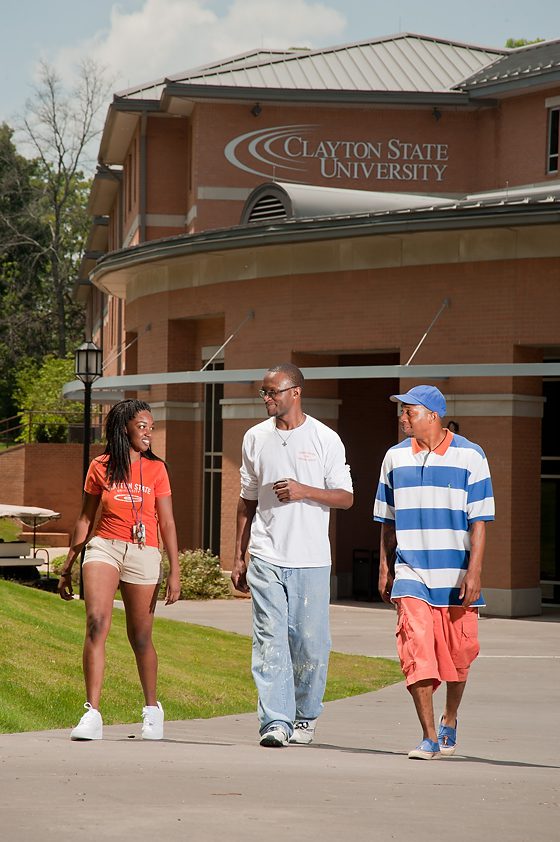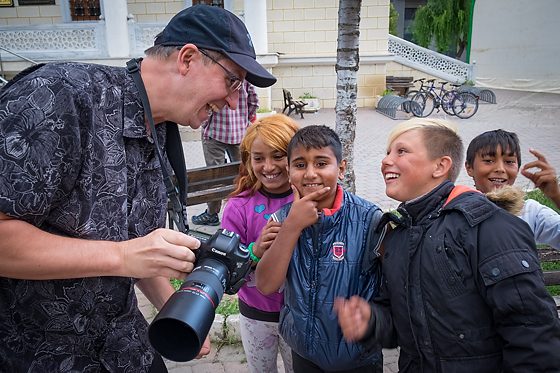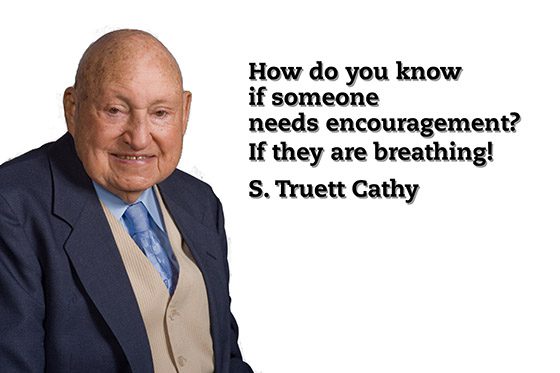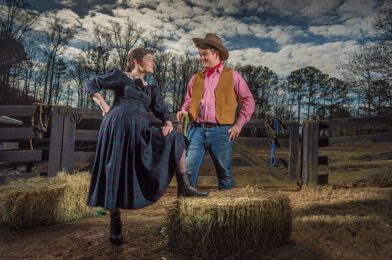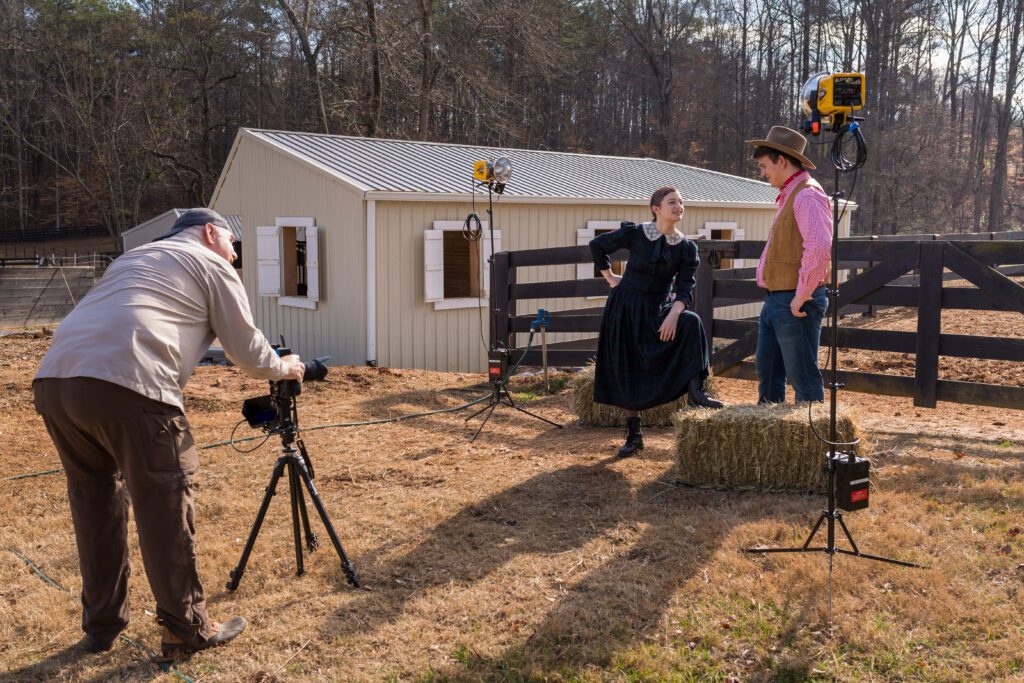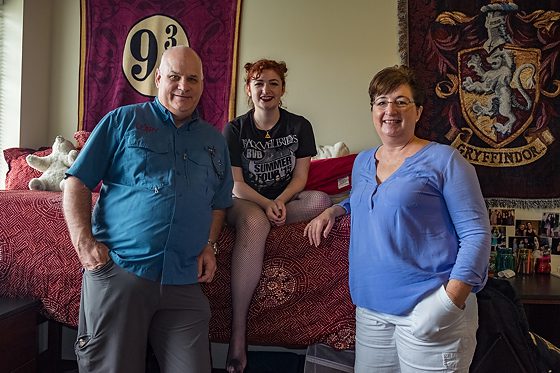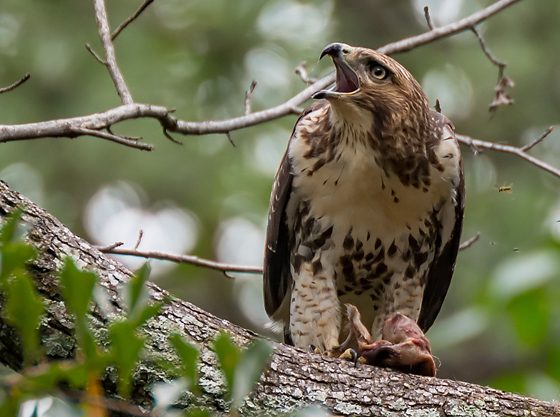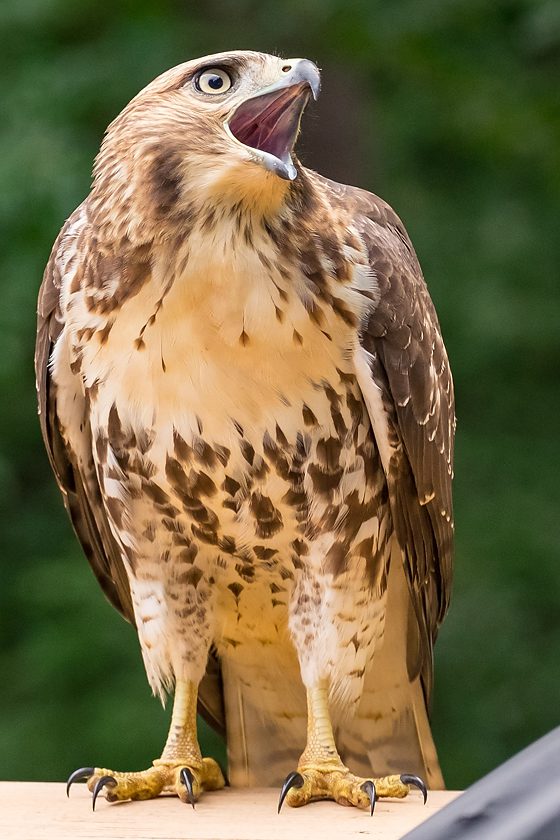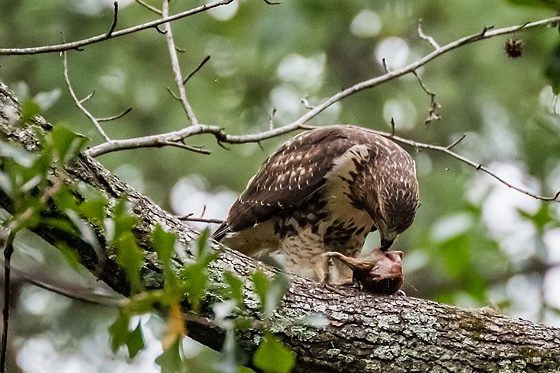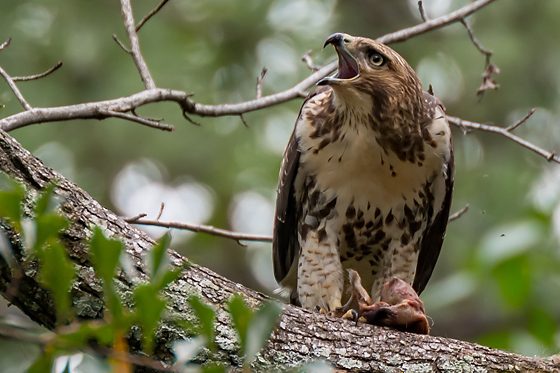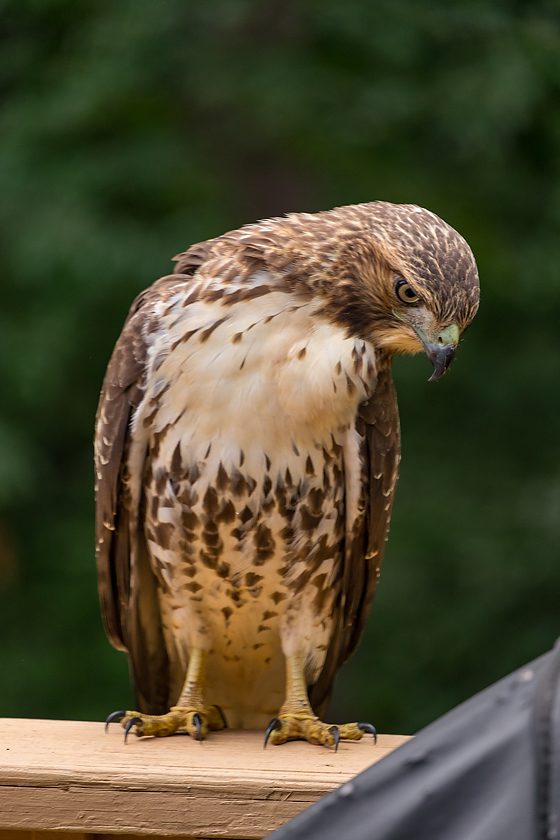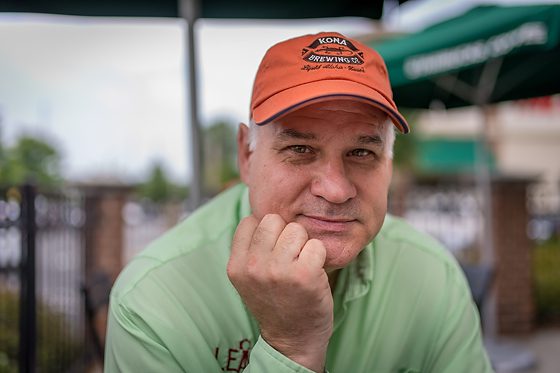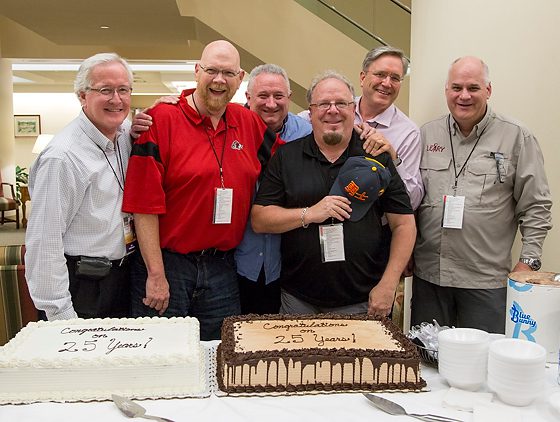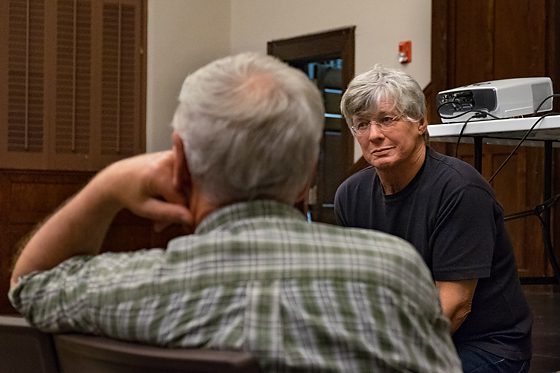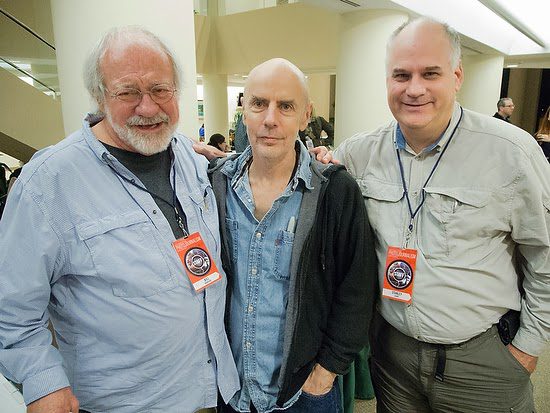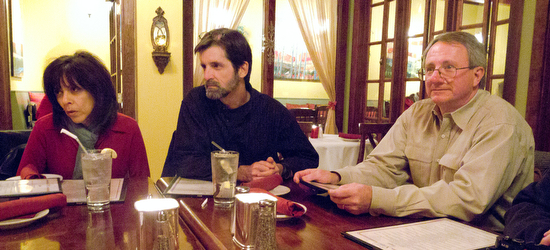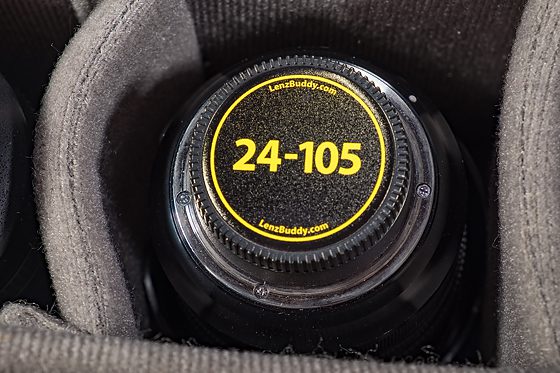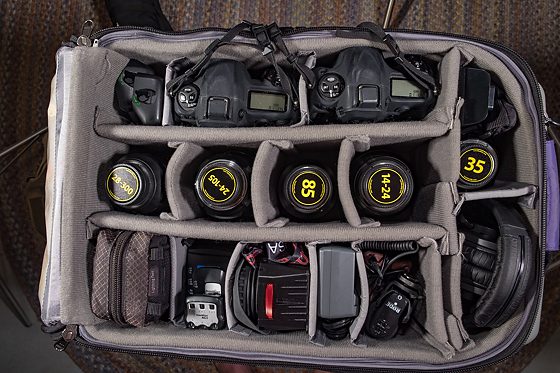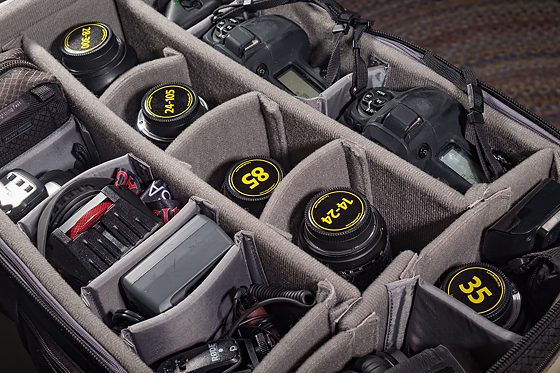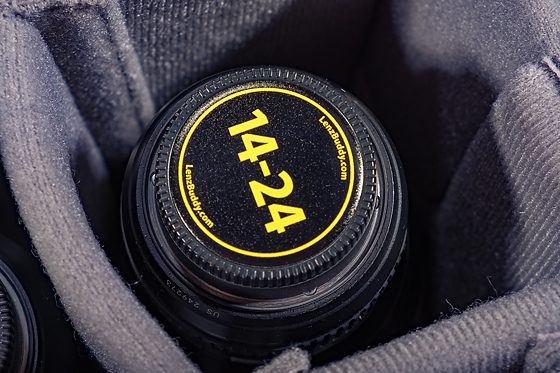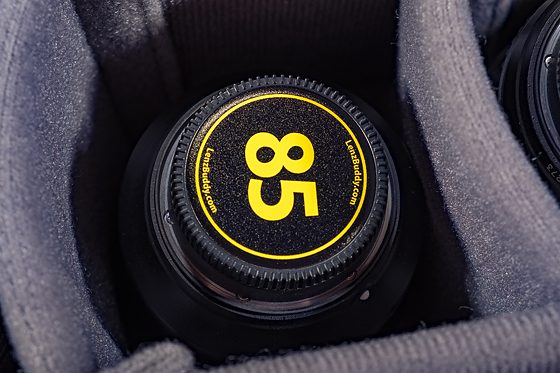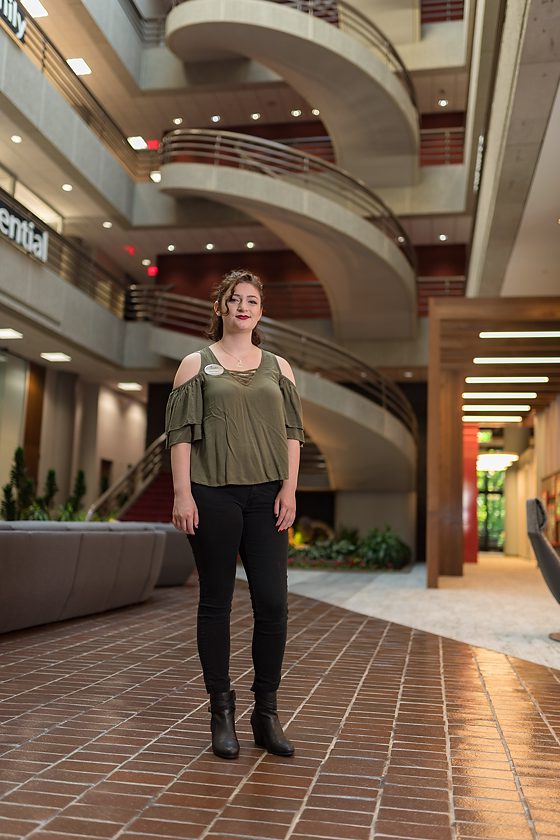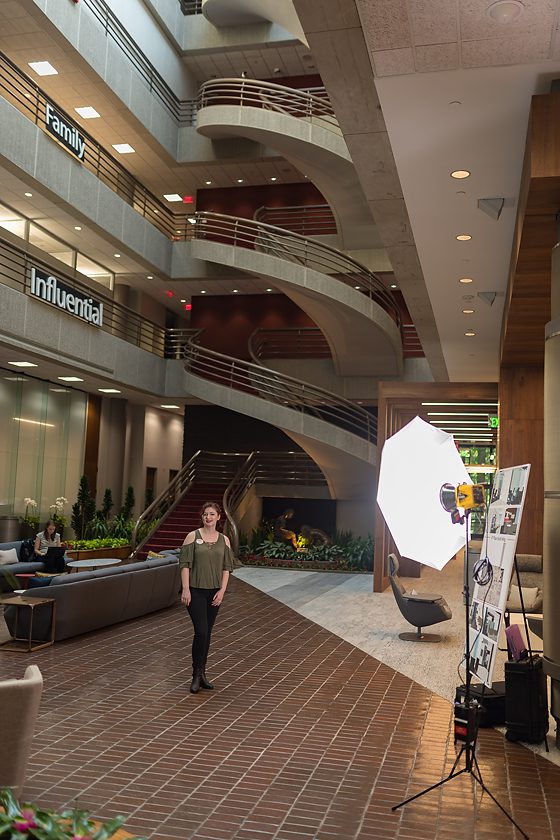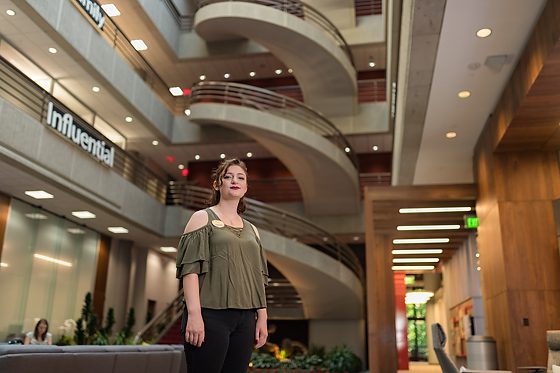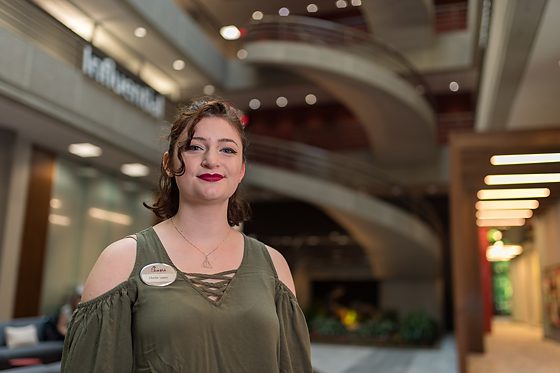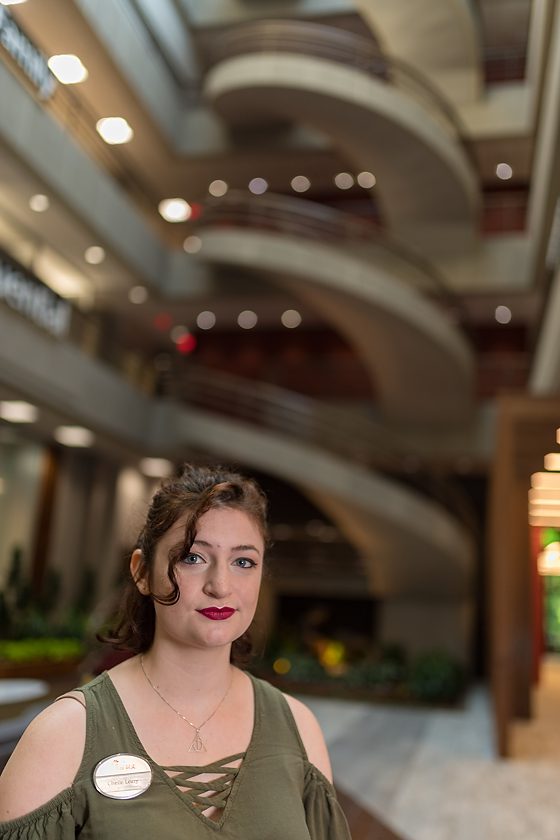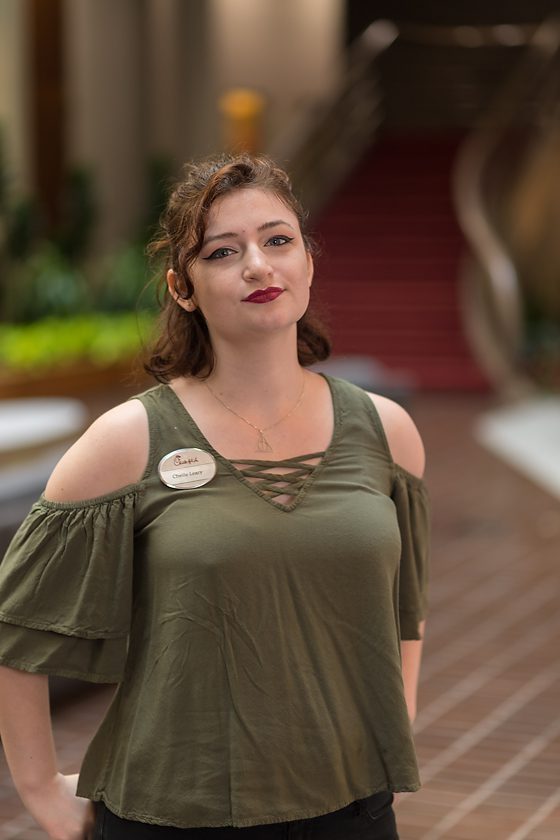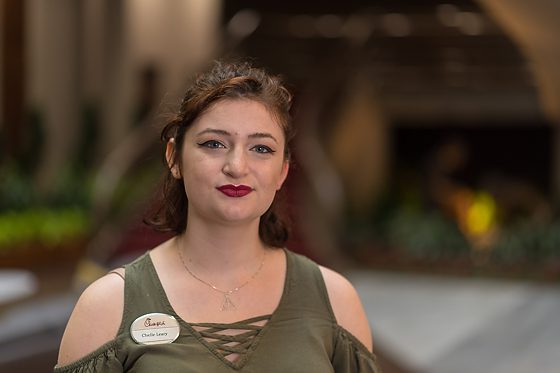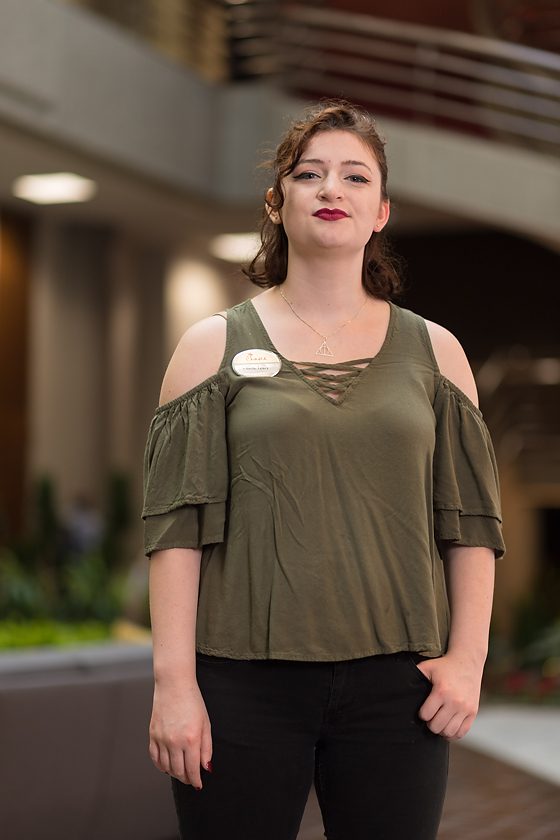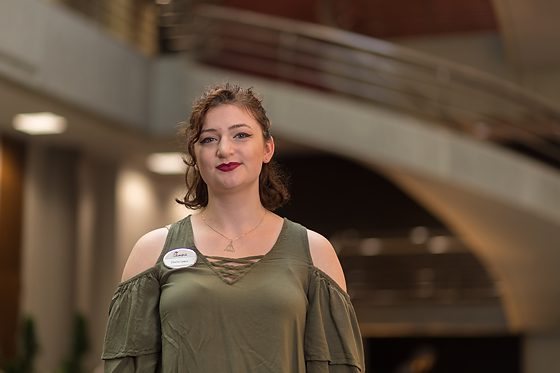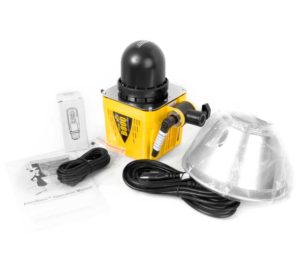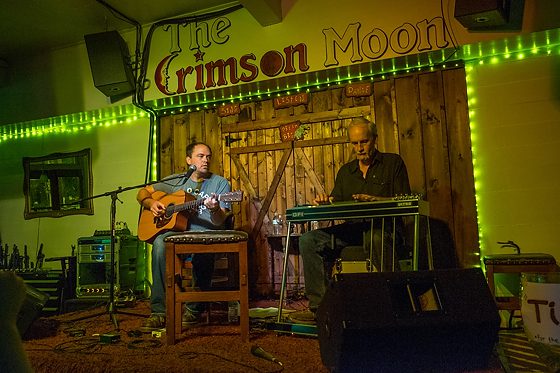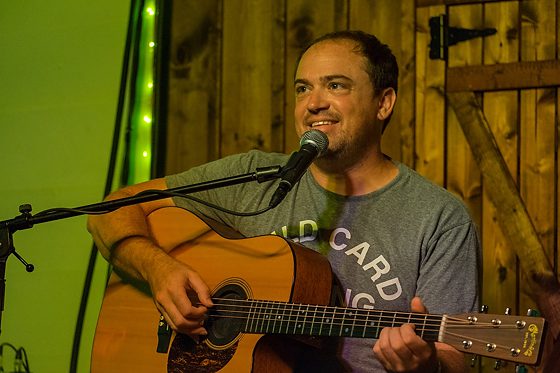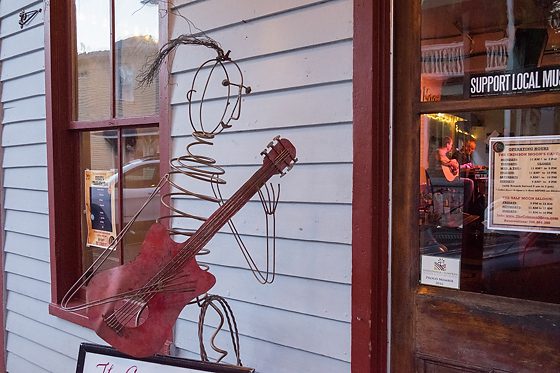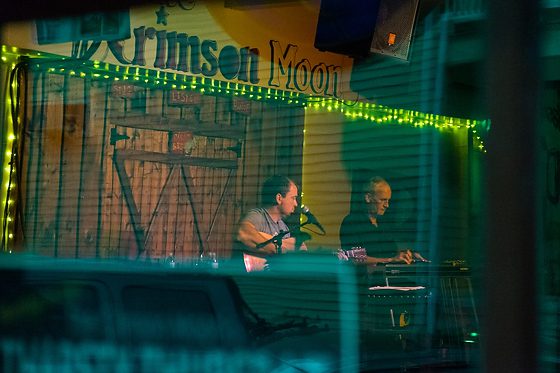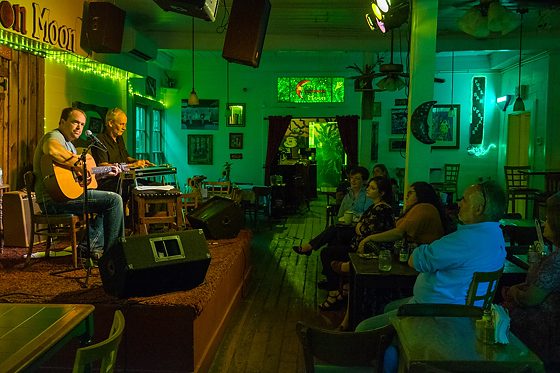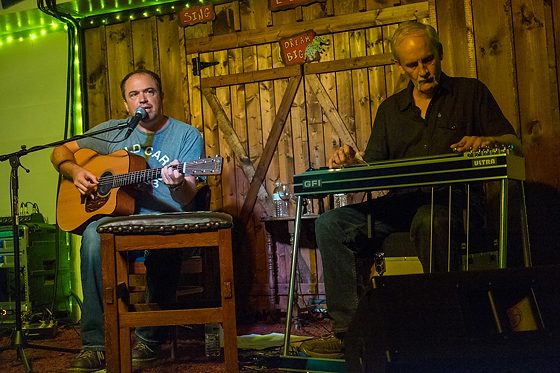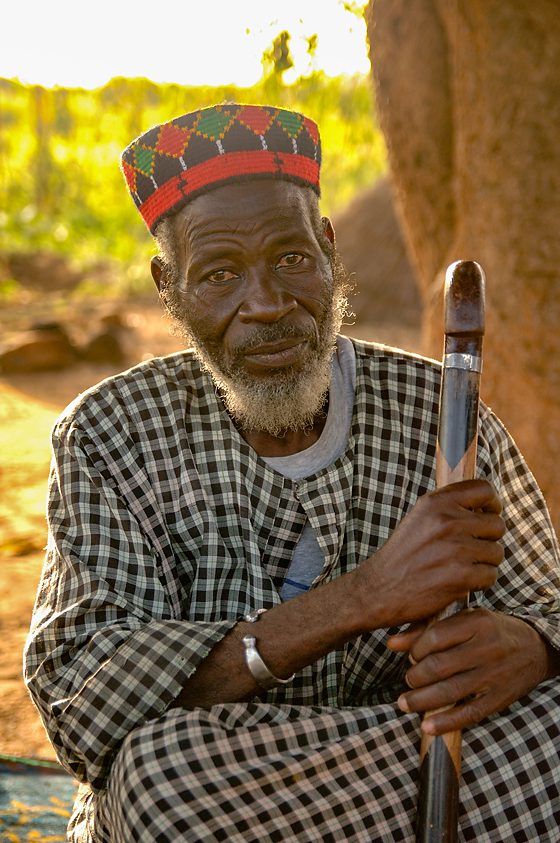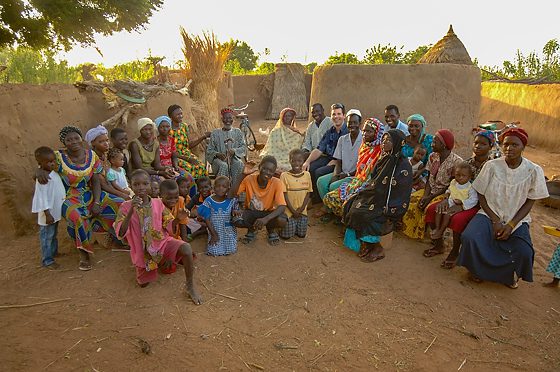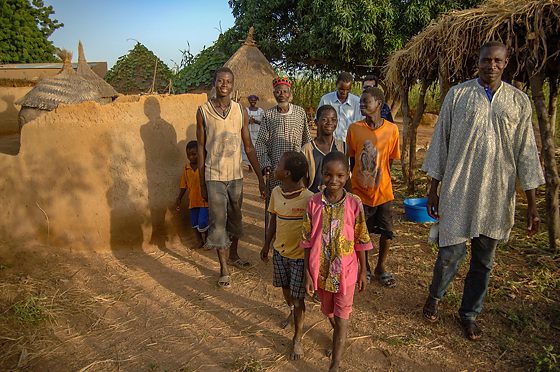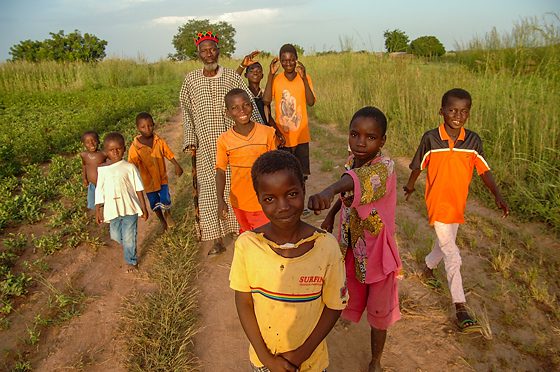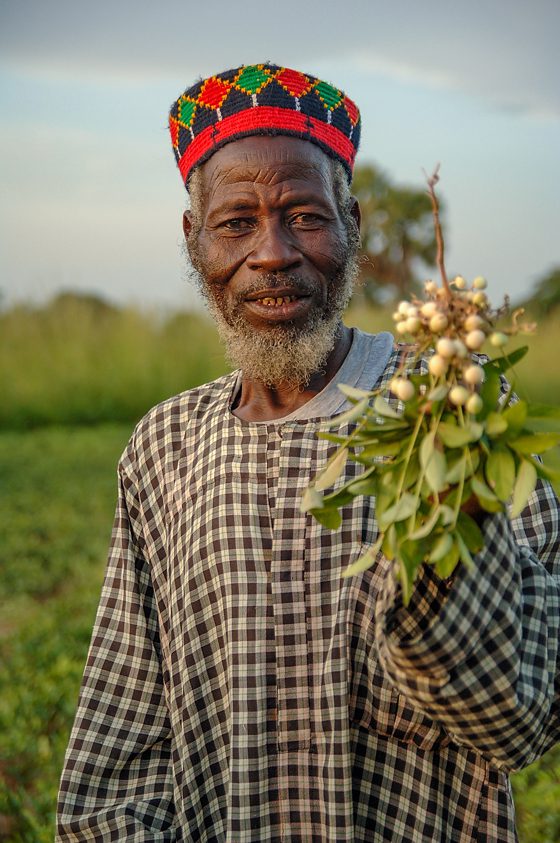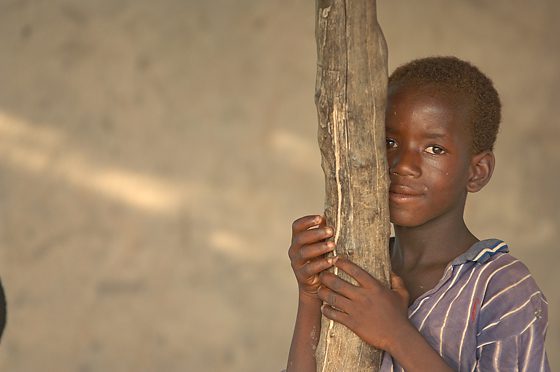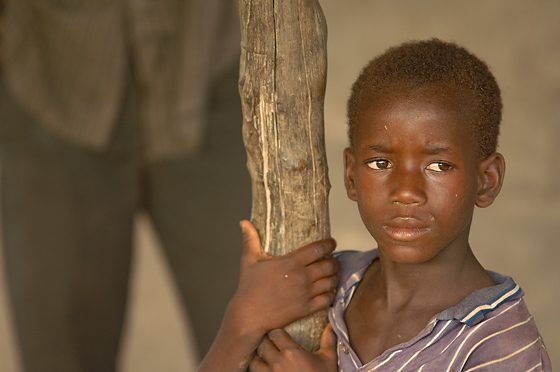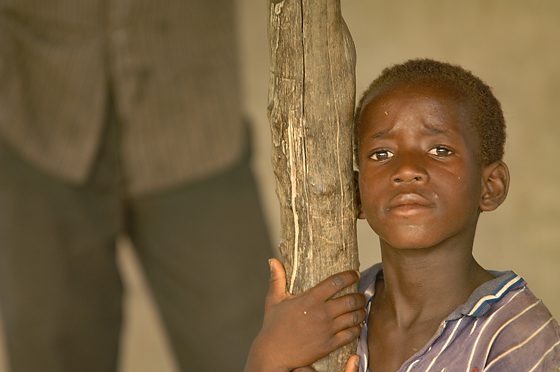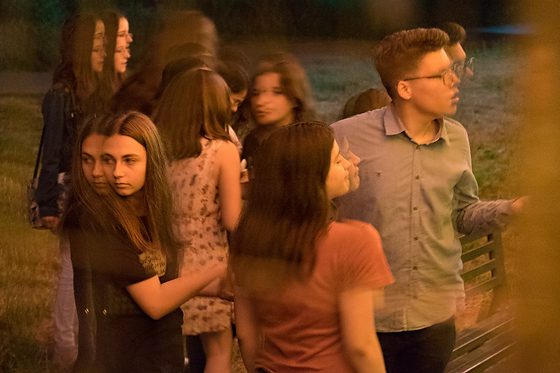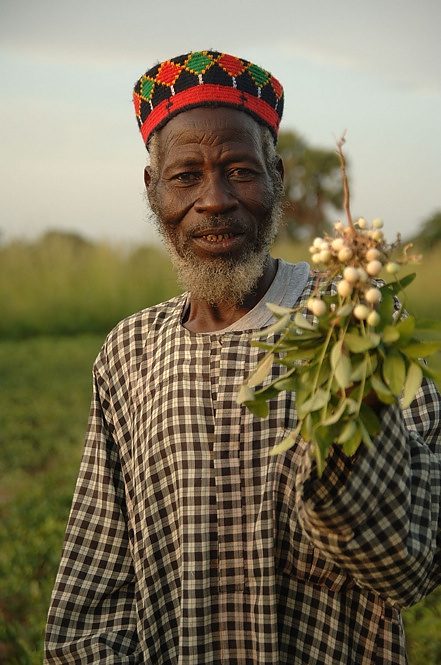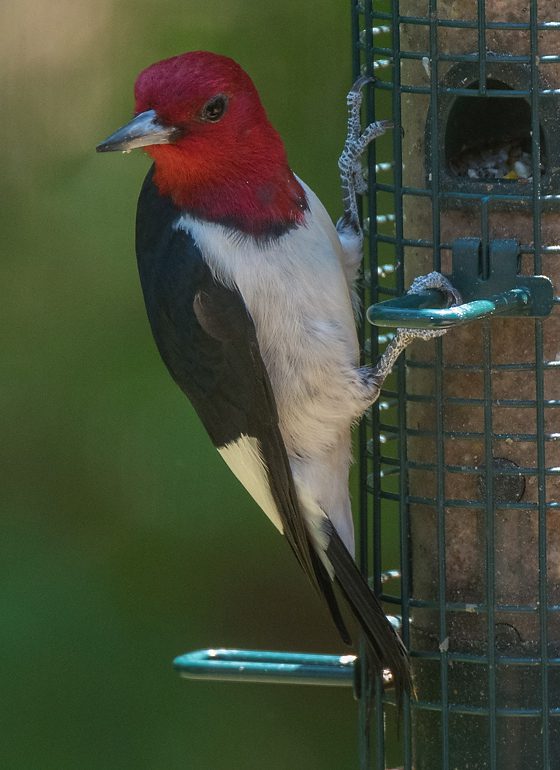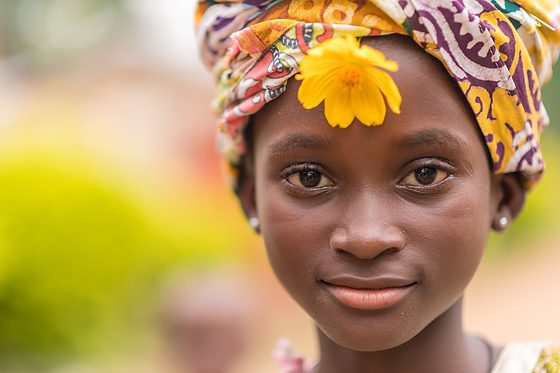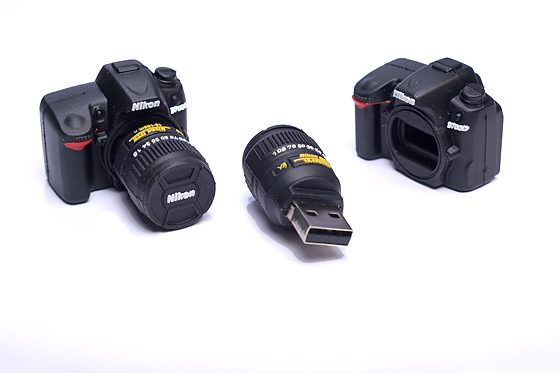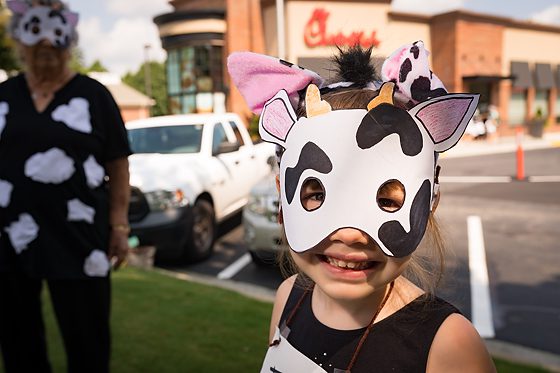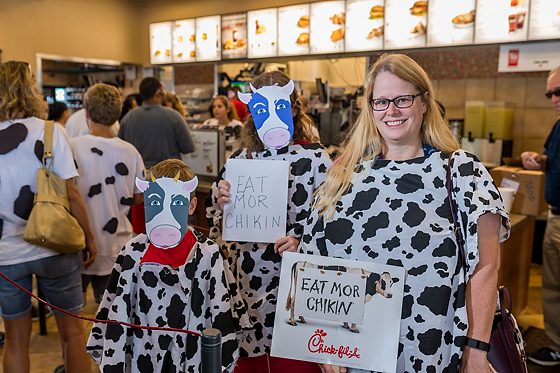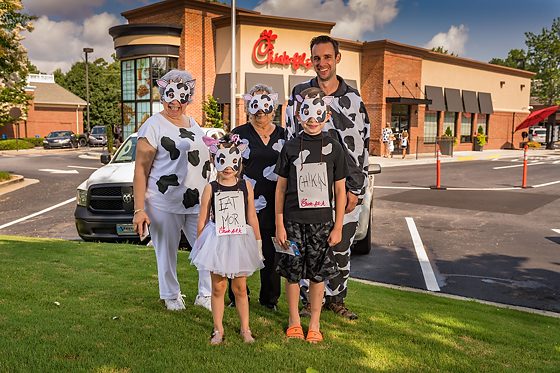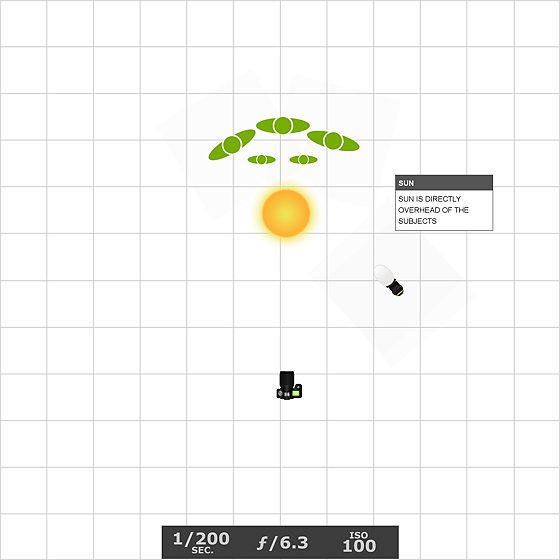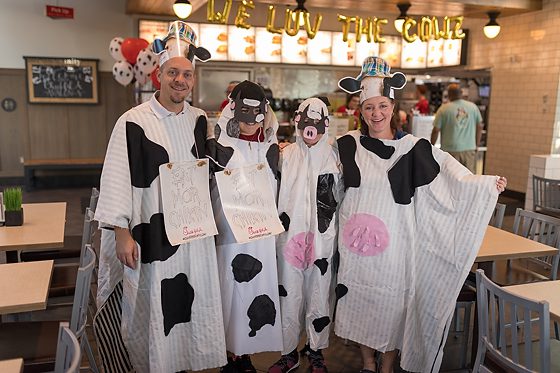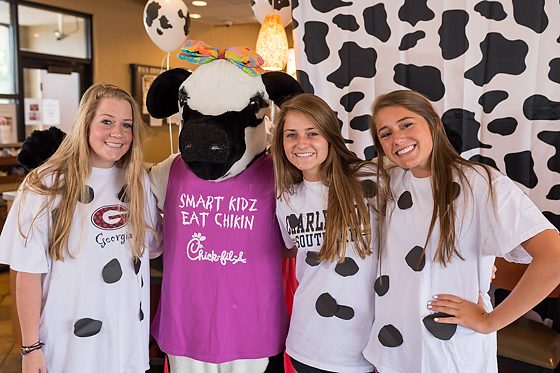[Nikon D3, 24-120mm, ISO 200, ƒ/11, 1/250 – Alienbees B1600 for fill flash]
This week, it is back to school for college students and other schools in Georgia. Monday morning, my drive took longer because all the school buses were picking up children to take them to their first day of school.
In many ways, this feels more like the beginning of a new year to me than New Year’s Day. There is such excitement for everyone.
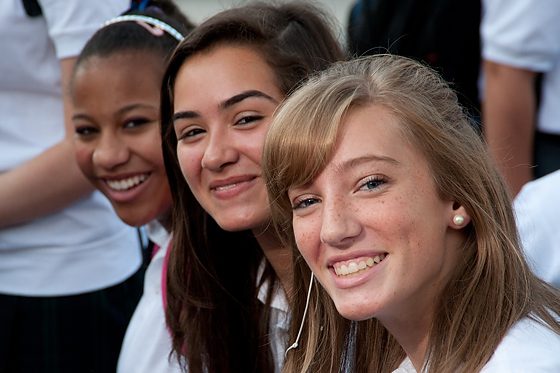
It is new because so many students are going to a new place. They are moving down the hall to the next grade wing, or they are moving off to college.

For most of my career, I have been covering the back-to-school story and helping private schools and colleges with public relations and marketing materials.
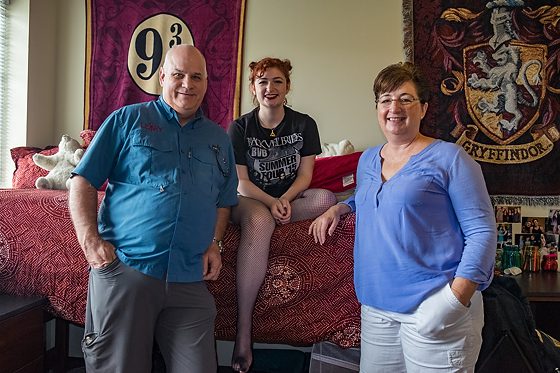
We moved our daughter in last week to her college dorm. We are starting a new chapter in our lives now with our youngest off the college.
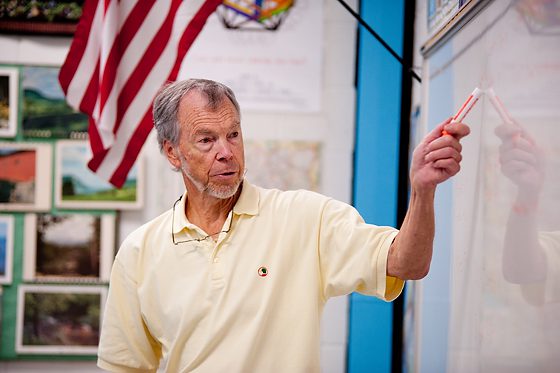
The first part of our life for 18 years is where we enroll in classes each fall, and then each spring, we are tested on what we learned. If we prove we know the new material, we move on to the next rung on the ladder. Once you rise a few rungs up the ladder, life becomes more accessible.

Almost every year is planned out for you until you graduate high school, with few options. You only need to navigate the school halls to get from one classroom to the next.

What about the rest of your life out of school? When you stop learning, you stop living. You are only letting your mind and body start to slow down and finally quit on you.
“When did you become such a know-it?” is something we have all heard, but I am asking myself this question as much as you. If we stop learning, haven’t we declared that we know everything?
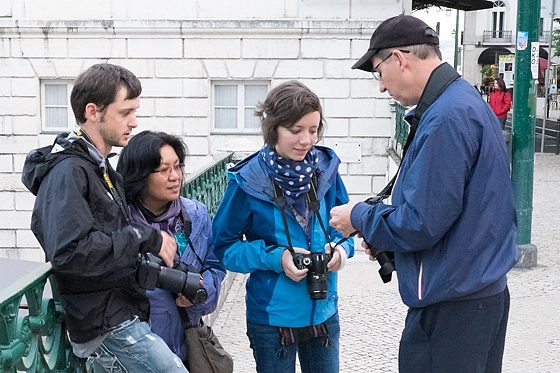
Each year, maybe like now in August, pick something that you are going to learn more about. Maybe buy some books or take a class at the community college near you, but make a commitment to learn something new.
One of the best ways to learn is to travel. Go and explore, even if it is just around your own city or town. You get a lot more out of travel when you read about the places you plan to visit and study what to do in those locations.
This year I learned about the Balkans. Last year I went to Togo, West Africa, and Nicaragua to explore and learn about the people.
Whenever I pick up a book, take a class, or visit a new place, I learn something new. I also most every time, my previous knowledge is modified. You see, learning more helps us to process what we already know in a new way.
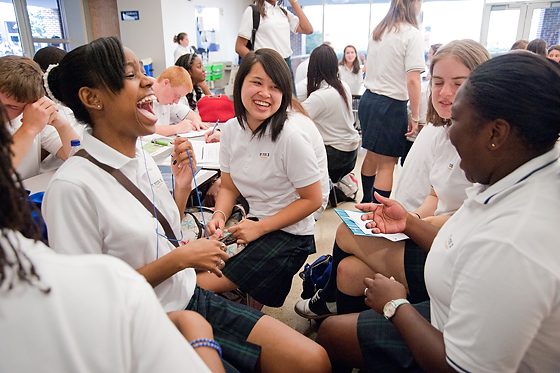
While reading a book is learning, I suggest doing something with a group of people. The relationships you form bring a great deal of joy to the process of learning.
I love to teach photography and storytelling to groups. If you have a group of friends that wants to learn how to get better photos of your friends and family, I can teach you skills to elevate your images.
If you want to tell stories for a non-profit where you volunteer, I can help teach you how to capture the story more effectively to engage an audience.
Regardless of age, be sure you are returning to school this August.

